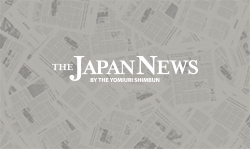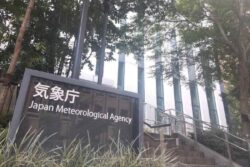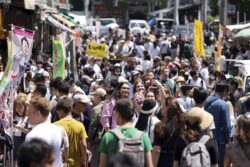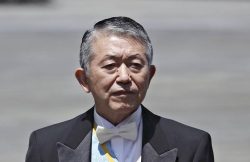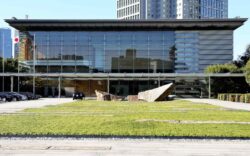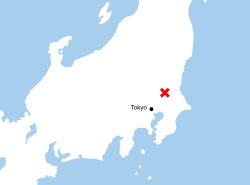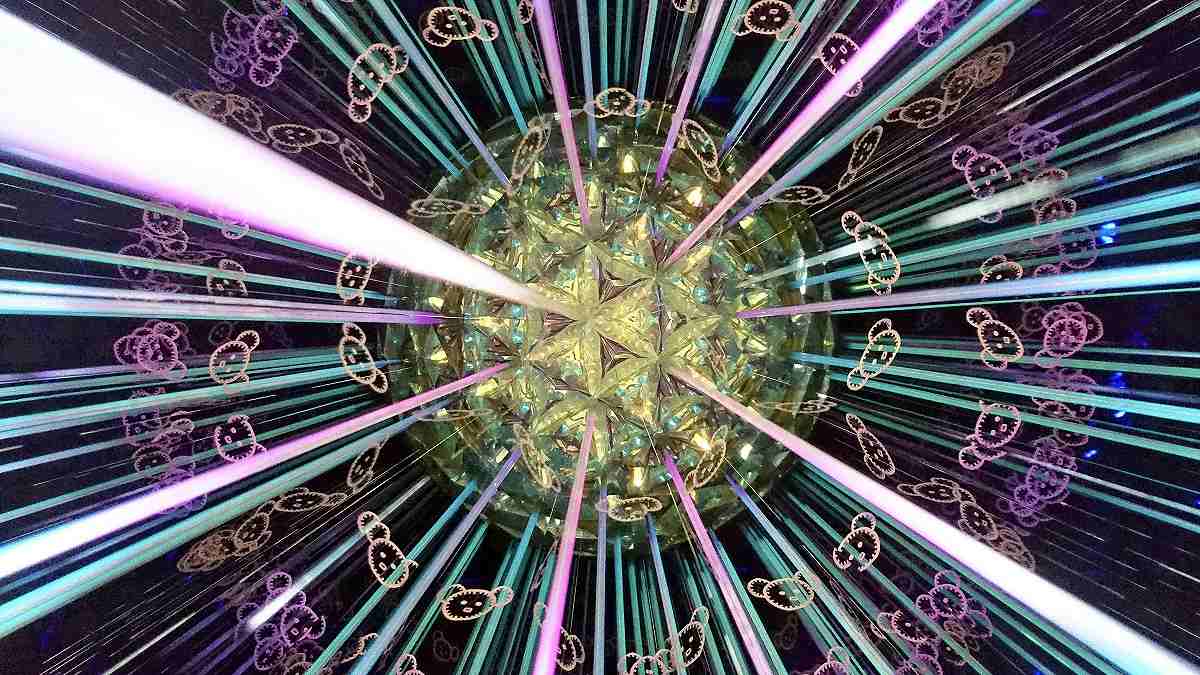
Inside a kaleidoscope the museum commissioned from an artist. Bears feature among the patterns radially extending inside the tube.
18:33 JST, January 5, 2021
Kaleidoscopes are said to have been invented by Scottish physicist David Brewster in 1816 during an experiment wherein he wanted the light from lighthouses to reach as far as possible. The Brewster Scope, one of the kaleidoscopes he created about 200 years ago in Edinburgh, is a centerpiece at the Japan Kaleidoscope Museum.
The private museum in Kawaguchi, Saitama Prefecture, has everything from superb scopes created when they were first invented to toy scopes for children — all in a mere 30-square-meter-wide space.
Shinichi Okuma, a 70-year-old collector of kaleidoscopes, first opened his museum in a condominium in Shibuya Ward, Tokyo, in 1998 while running his PR-related company. He moved it to its present location in 2012.
The Brewster Scope has the rare structure of a convex lens put inside a tube measuring 17 centimeters long and three centimeters in diameter. It has the emblems of a lion and a unicorn for the royal coats of arms for England and Scotland, respectively, engraved on the body.

The Brewster Scope, one of the first kaleidoscopes created about 200 years ago in Edinburgh.
An antique shop in London put it up in an online auction about 15 years ago, and Okuma won it for close to ¥1 million.
Alongside this unique kaleidoscope, visitors can browse a pendant-shaped kaleidoscope made using diamonds and gold and crafted in France in the 1840s, toy scopes that cost just about ¥100 apiece and were once sold at penny candy stores in Japan, and even a collection of “bears kaleidoscopes” Okuma commissioned to have artists put bears on the scopes as a bear serves as the museum’s mascot.
Okuma has more than 3,100 kaleidoscopes. The collection began with a kaleidoscope he bought on the island of Maui, Hawaii, in 1990 and expanded to various parts of the world, including Europe, the United States, China and Mexico.
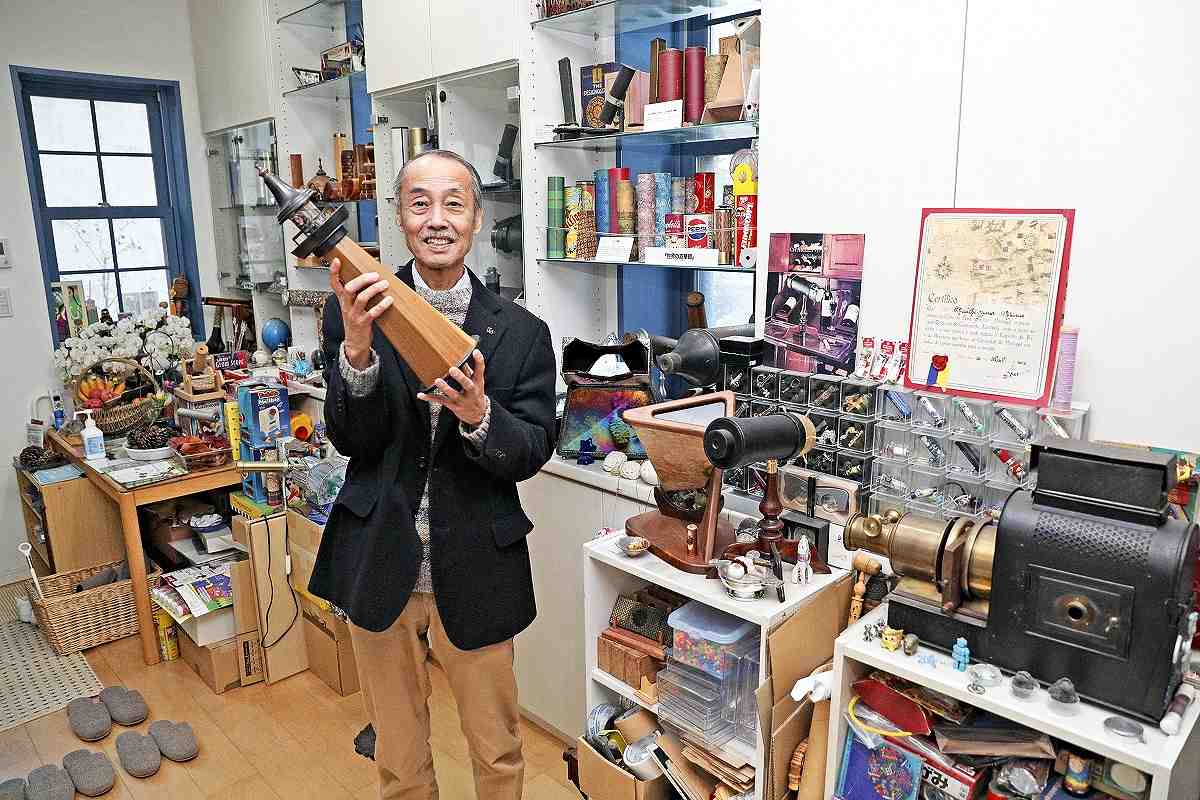
Museum director Shinichi Okuma established the Japan Kaleidoscope Club in 1996. He has also written books on kaleidoscopes.
What can be seen through a kaleidoscope dramatically changes just by rotating a kaleidoscope and moving colored pieces of beads and glass enclosed inside it.
“Enjoying such fleeting beauty — as no one can see the exact same patterns — is its greatest draw,” Okuma said.
A mysterious world awaits at the other end of a tube, where geometric patterns are so colorful they help us forget our daily struggles.

A 3-D scope made in the United States. With some angle put on the mirrors, the scope creates three-dimensional patterns with beads.
Japan Kaleidoscope Museum: Room 101, 2-1-18 Saiwai-cho, Kawaguchi, Saitama Prefecture
Related Tags
"Features" POPULAR ARTICLE
-
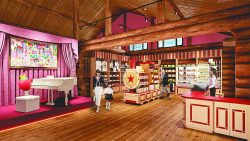
Sanrio to Open Museum in Yamanashi Pref. Dedicated to Founder, Exhibits Include Hello Kitty, Other Characters
-
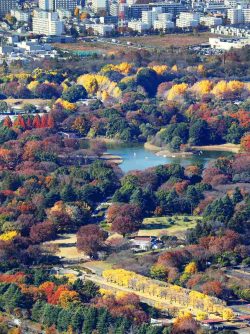
Autumn Foliage Surrounds Visitors to Tokyo’s Showa Kinen Park
-

My Daughter No Longer Speaks to Me, But I Want to See Her and My Grandchild
-

Kumamoto: Public Bath Refurbished as Library Where You Can Chat, Take Photos
-
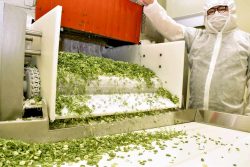
Frozen Vegetables: Demand Rises for Convenient, Tasty Domestic Produce
JN ACCESS RANKING
-

Keidanren Chairman Yoshinobu Tsutsui Visits Kashiwazaki-Kariwa Nuclear Power Plant; Inspects New Emergency Safety System
-
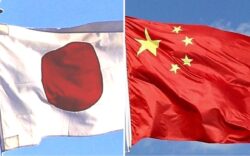
Imports of Rare Earths from China Facing Delays, May Be Caused by Deterioration of Japan-China Relations
-

University of Tokyo Professor Discusses Japanese Economic Security in Interview Ahead of Forum
-
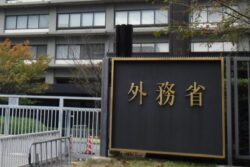
Japan Pulls out of Vietnam Nuclear Project, Complicating Hanoi’s Power Plans
-
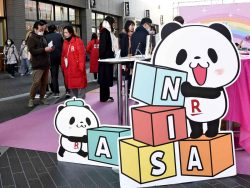
Govt Aims to Expand NISA Program Lineup, Abolish Age Restriction






